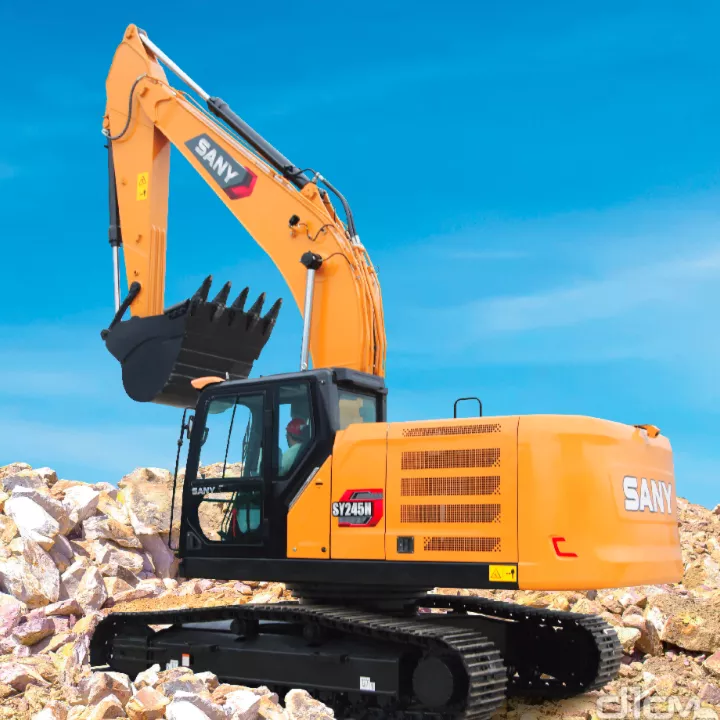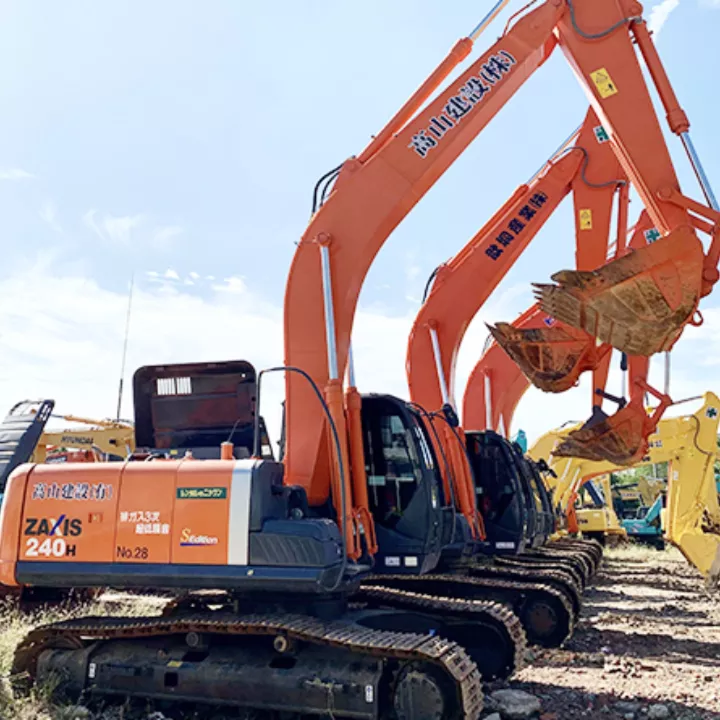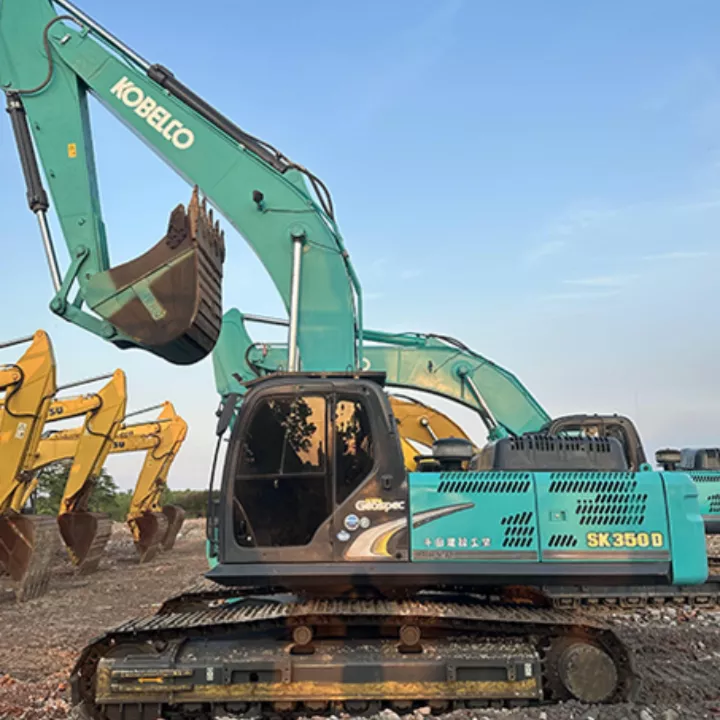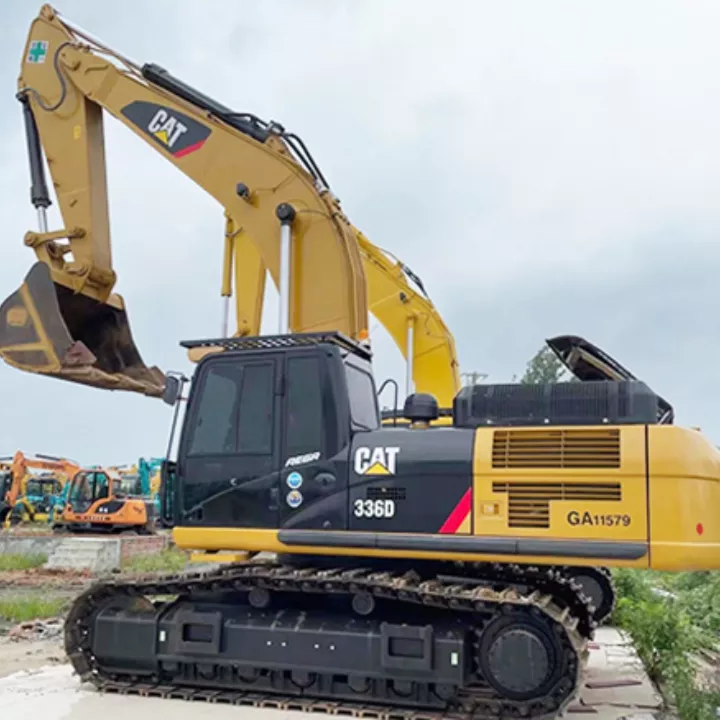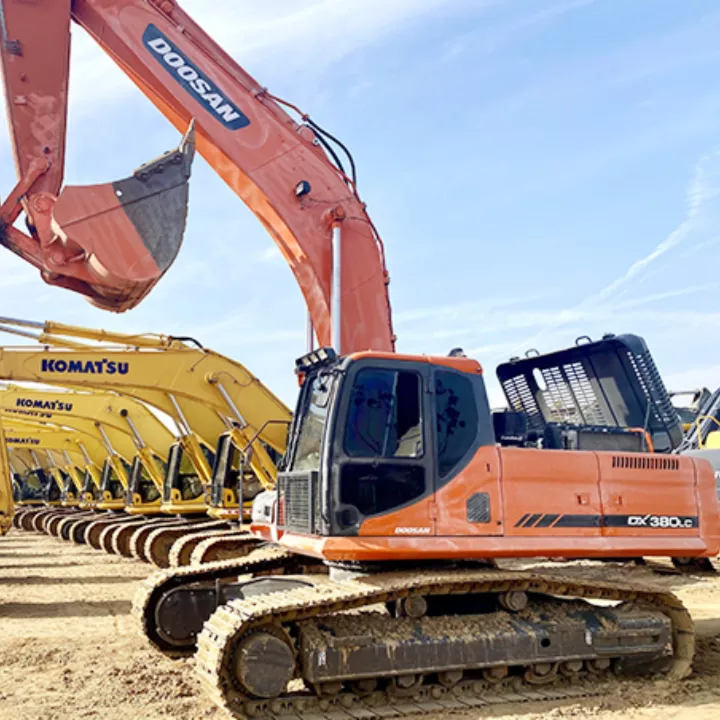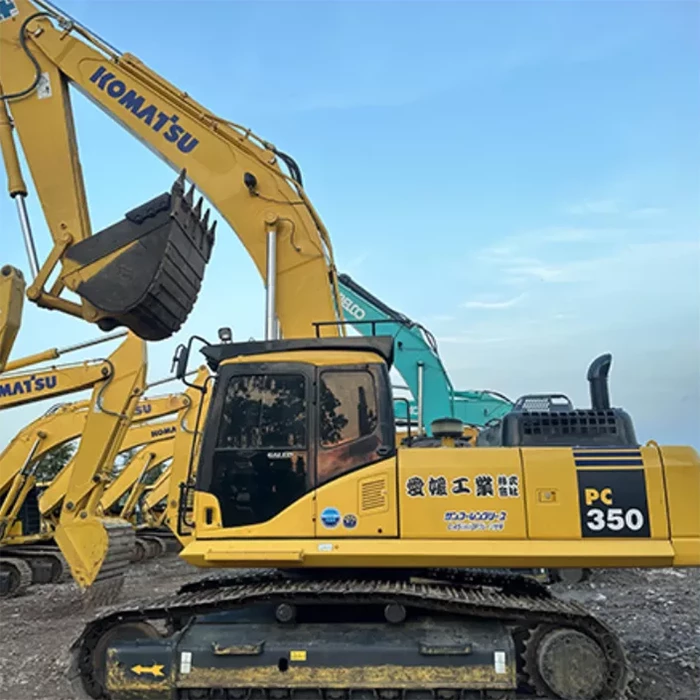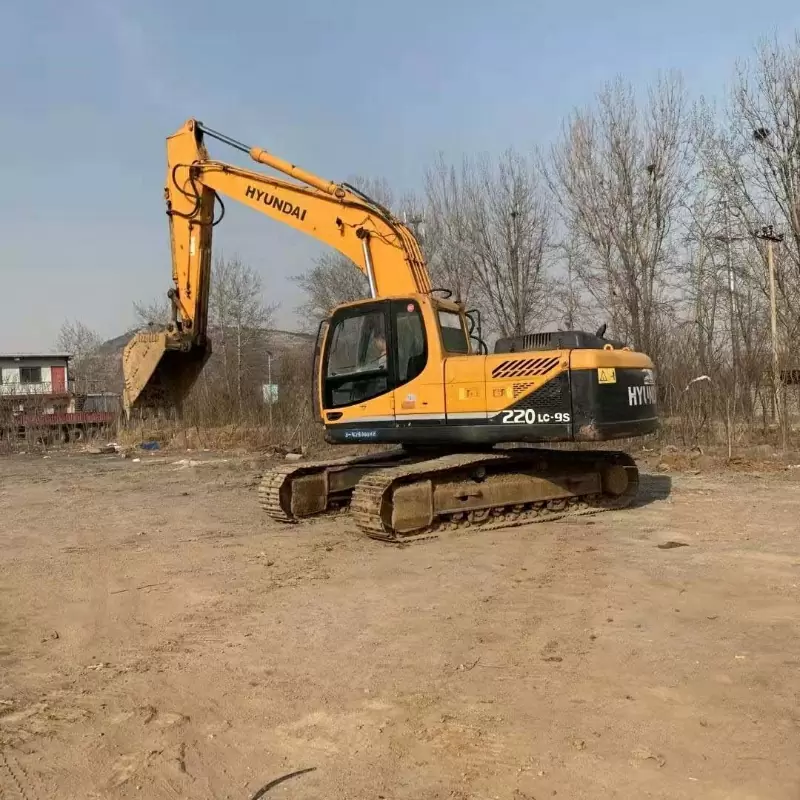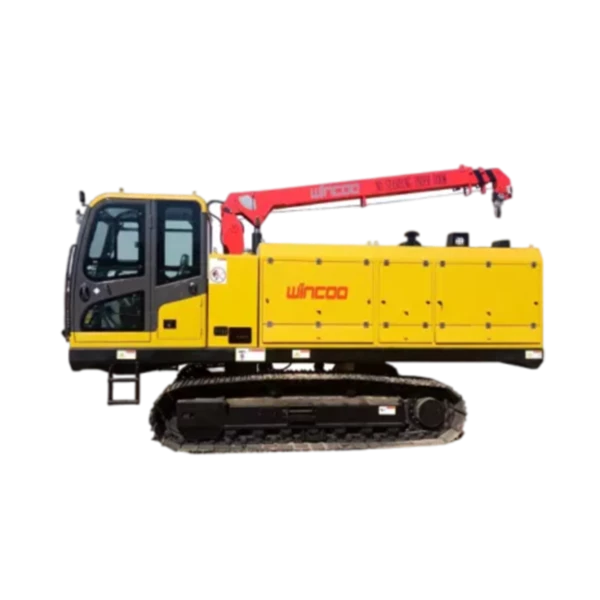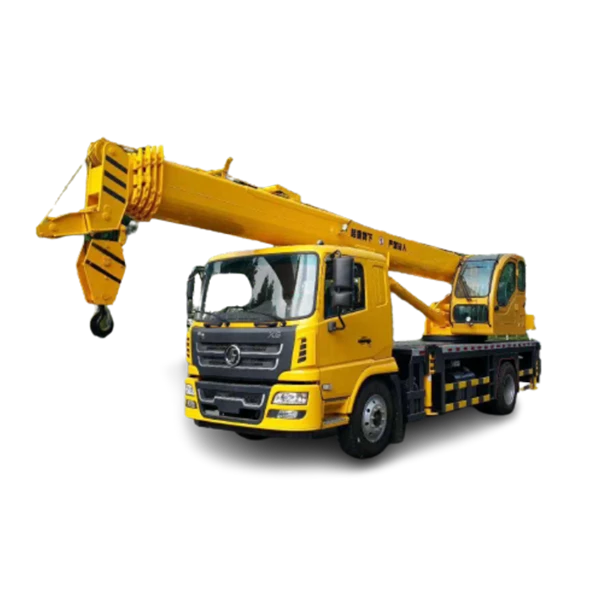The bucket teeth of excavators are important components and also vulnerable parts, while the bucket teeth of second-hand excavators are more vulnerable. A combination bucket tooth composed of a tooth seat and a tooth tip, which are connected by a pin shaft. Due to the wear and failure of the bucket teeth, the tooth tip is the only part that needs to be replaced.
Case analysis:
A bucket tooth of an open-pit excavator failed early due to severe wear and tear during use. In response to this batch of bucket teeth, the failure form and cause of the bucket tooth surface were analyzed, and improvement measures were proposed.
Excavator bucket teeth are important components and vulnerable parts on excavators. They are a combination of bucket teeth composed of a tooth seat and a tooth tip, which are connected by a pin shaft. Due to the wear and failure of the bucket teeth, the tooth tip is the only part that needs to be replaced.
1、 Failure form
Excavator bucket teeth are subjected to varying degrees of wear and impact during service under different working conditions, resulting in varying degrees and forms of failure. The bucket tooth fails after only 3 days of use (approximately 36 hours) under normal working conditions, which does not meet the requirements from both an economic and usage perspective. From the macroscopic photos of the failed parts in this batch, it can be seen that there are obvious furrow like scratches on the front working surface of the excavator bucket teeth, with a small amount of plastic deformation at the tip and no cracks. The front working surface (the surface in contact with the ground) is the thinnest, about 4mm, and the rear working surface is about 8mm.
2、 Analysis and Discussion
(1) The force analysis shows that the working surface of the bucket teeth is in contact with the excavated object, and the force situation varies during different working stages of a complete excavation process. When the tooth tip first contacts the surface of the material, the bucket tooth tip is subjected to a strong impact due to its fast speed. If the yield strength of the bucket teeth is low, plastic deformation will occur at the tip. As the excavation depth increases, the force on the bucket teeth will change. When the bucket teeth cut the material, the bucket teeth move relative to the material, generating a significant positive extrusion pressure on the surface, resulting in a significant frictional force between the excavator bucket teeth working surface and the material. If the material is hard rock blocks, concrete, etc., the friction force will be significant. The repeated effects of this process result in varying degrees of surface wear on the working surface of the bucket teeth, resulting in deeper furrows. The positive pressure on the front working face is significantly greater than that on the rear working face, and the front working face is severely worn. It can be determined that positive pressure and friction are the main external mechanical factors causing the failure of the excavator bucket teeth, playing a major role in the process of failure.
(2) Process analysis: Take two samples from the front and two samples from the back working surfaces, and grind them flat for hardness testing. It was found that there is a significant difference in hardness on the same sample, and it is preliminarily determined that the material is uneven. After grinding, polishing, and corrosion of the samples, it was found that there were obvious boundaries on each sample, but the boundary positions were different. From a macro perspective, the surrounding area appears light gray, with a darker color in the middle, indicating that the piece is likely an embedded casting. From a surface perspective, the enclosed part should also be an embedded block. Hardness tests were conducted on both sides of the boundary using HRS-150 digital Rockwell hardness tester and MHV-2000 digital microhardness tester, and significant differences were found (see Table 1). Through the above analysis, it is confirmed that the bucket teeth are of an insert structure. The enclosed part is the insert, and the surrounding part is the substrate. The composition of the two is similar, and alloying is carried out with elements such as Cr, Mn, Si, etc. The main alloying components (mass fraction,%) are 0.38C, 0.91Cr, 0.83Mn, and 0.92Si. The mechanical properties of metal materials depend on their composition and heat treatment process. The similarity in composition but differences in hardness indicate that the bucket teeth were put into use without heat treatment after casting. The subsequent organizational observations also proved this point.
(3) The microstructure analysis and metallographic observation show that the matrix is mainly composed of black fine flake structure, and the inlay structure is composed of two parts: white block and black fine flake. Moreover, there are more white block structures far from the cross-section area. Further microhardness tests prove that the white block structure is ferrite, and the black fine flake structure is a mixture of troostite or troostite and pearlite. The formation of large ferrite blocks in the insert is similar to the formation of some phase change zones in the welding heat affected zone. Due to the thermal effect of molten metal during the casting process, this area is located in the two-phase zone of austenite and ferrite, where the ferrite fully grows and its microstructure remains at room temperature. Due to the relatively thin tooth wall of the excavator bucket and the large volume of the insert, the temperature in the center of the insert is low, and no large ferrite is formed.
(4) Performance analysis shows that the wear resistance of the substrate and insert under small impact abrasive wear test conditions is better than that of quenched 45 steel through wear tests on the MLD-10 wear testing machine. At the same time, there is a difference in wear resistance between the substrate and the insert, and the substrate is more wear-resistant than the insert. The composition on both sides of the substrate and insert is similar, indicating that the insert in the bucket teeth mainly serves as a cold iron. Refine the matrix grains during the casting process to improve their strength and wear resistance. Due to the influence of casting heat on the insert, it produces a structure similar to the welding heat affected zone, which does not enhance wear resistance. If appropriate heat treatment is carried out after casting to improve the structure of the substrate and insert, it will significantly improve the wear resistance and service life of the excavator bucket teeth.
3、 Conclusion
(1) The material of the bucket teeth is low alloy wear-resistant steel, which is suitable for bucket teeth. However, due to the lack of necessary heat treatment, the structure of the excavator bucket teeth is uneven, and the inserts do not play their due role. The overall wear resistance of the bucket teeth is poor, leading to early failure.
(2) It is recommended to normalize the casting appropriately after casting to improve its structure and properties, and prolong its service life. After reasonable heat treatment of the casting, the service life of the bucket teeth has been increased by nearly twice under the same working conditions.

